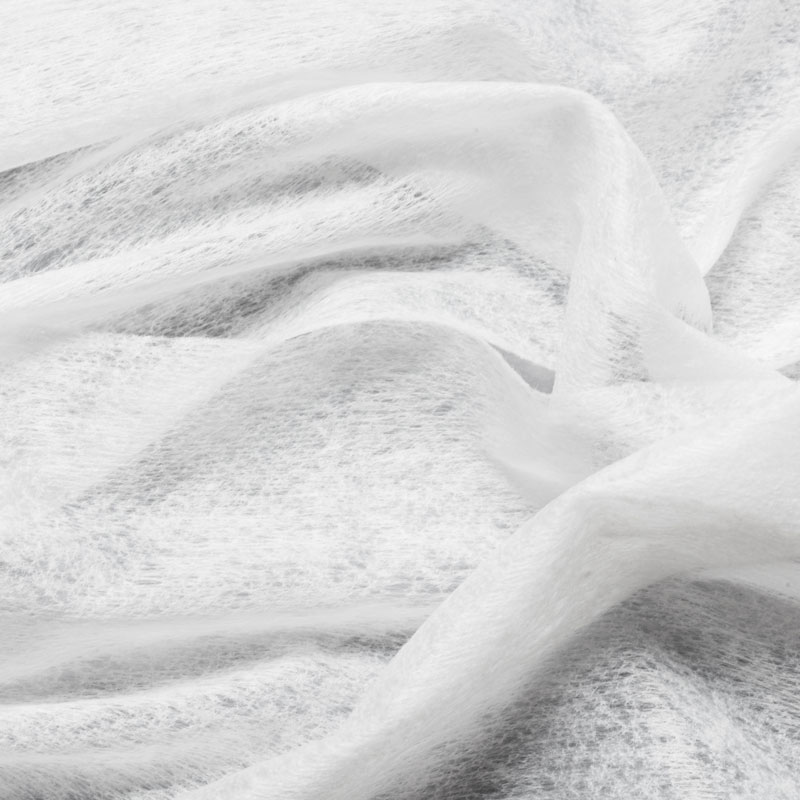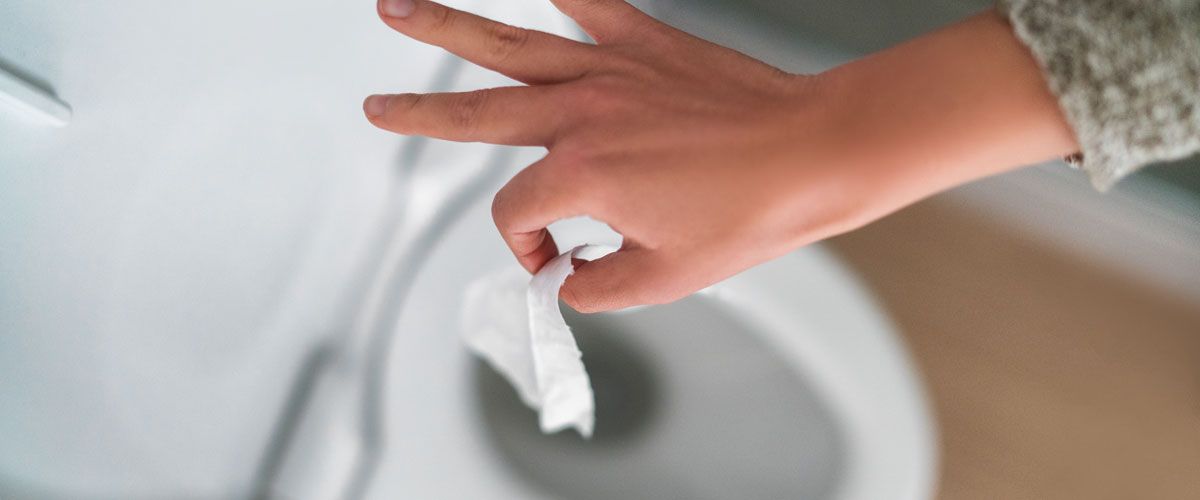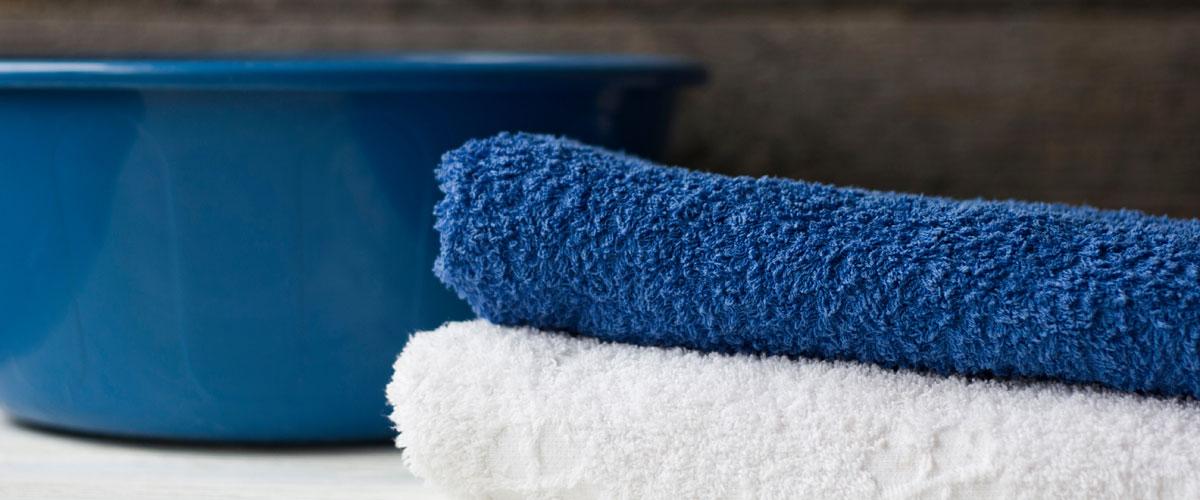Many things have found their way into sewage systems through toilets. People often throw these items into a toilet, flush it and, for them, the problem is solved. That practice has become even more widespread these days with the numerous versions of wet wipes that have been marketed as ‘biodegradable’. This leads many to believe that flushing these wipes is safe. However, unfortunately, this might not be the case.
Can flushable wipes clog pipes?
The truth is, technically, these wipes can be flushed, and most will probably disappear without causing problems. However, the main problem will start in the sewage system. If the wet wipe is not ‘truly’ flushable, as marketed, then it will not disintegrate as normal toilet papers do within 24 hours.
Therefore, the whole truth is that these so-called ‘biodegradable’ wipes may contain materials that prevent them from dissolving effectively and fast enough to not burden the system. As a result, these wipes pile up with other substances and dirt in the sewers and end up in fatbergs—iceberg-like formations. These fatberg formations will clog pipes and result in costly repairs, and more importantly, environmental pollution.
To put this in perspective, every year, the UK spends an estimated £100 million pounds in order to clean 300,000 fatbergs and clear blockages caused by wastes.1
So can ‘flushable’ wipes really be flushed?
In 2008, the Association of Nonwoven Fabrics Industry (INDA) and European Disposables and Nonwovens Association (EDANA) developed the first guidelines for the production of biodegradable flushable wipes.
The product, the guidelines note, must pass all of seven tests to receive the 'flushable' certification.3 Flushing and dispersion of the nonwoven product into single fibres, as well as degradation by aerobic and anaerobic microorganisms, are amongst the qualities tested. It means, if the wipes fail even one test, they need to apply the 'Do not flush' marking.
To answer this question, we must first understand the characteristics of truly flushable items. Flushable materials need to be able to completely break down and disappear from a space that can be obstructed. Amongst these characteristics of a truly flushable wipe are ‘biodegradable’, ‘dispersible’, and ‘compatible with water treatment systems’.2
It is important, therefore, that wipes are not only made out of plant-based fibres, but also do not contain any form of plastic, in order to be flushable.


Close-up of a non-woven wipe
How can healthcare facilities benefit from flushable wipes?
Biodegradable flushable wipes can be very handy in healthcare environments. These are some of the benefits:
- Flushable wipes that actually disintegrate can be provided in the bathrooms in patients’ rooms to improve their personal hygiene.
- They can be placed near the bedside of each patient for personal clean-up without the facility worrying about the consequences of patients wrongfully flushing them.
- They can be used by nursing staff for incontinence clean-up. Afterwards, they can be disposed of in a macerator, which reduces the amount of contaminated waste and decreases the burden on nursing staff.
The Medline solution: ReadyFlush biodegradable flushable wipes
As a company that keeps abreast of the issues facing our healthcare partners and the environment, Medline is very much aware of the environmental impact of flushing wipes that are not supposed to be flushed.
To help mitigate this practice, we have developed a solution called ReadyFlush. With ReadyFlush wipes, we aim to improve patient hygiene, as well as provide a further solution to incontinence clean-up. And, with these proprietary wipes being flushable and maceratable, we can also help reduce the burden of contaminated waste. This is possible because our wipes are made out of cellulose and each is 100% biodegradable. Every wipe has successfully passed all seven tests under the INDA/EDANA standards of flushability.3 Finally, produced with your needs and those of your patients in mind, they are ideal for continence care and personal clean-up.
For more information on ReadyFlush, check out our online catalogue.


Zeynep Ergeneci
Product Manager ReadyCare and Urology, Medline Europe
Zeynep, originally from Turkey, came to the Netherlands in 2020 to complete her Master of Science in Economics. She has graduated in 2021 and completed an internship in sales analysis. After that, she joined Medline Europe and is currently managing Medline’s urology and ReadyCare portfolios. Zeynep has a passion for travelling, exploring new cultures and really enjoys nature. Learn more on Linkedin.
References:
1 Quevatre, B. C. (2019, January 20). War on fatbergs: Can this 21st Century peril be blitzed? BBC News. Retrieved May 4, 2022, from https://www.bbc.com/news/uk-england-46836867
2 Atasağun, H. G., & Bhat, G. S. (2018). Advancement in flushable wipes: Modern technologies and characterization. Journal of Industrial Textiles, 49(6), 722–747. https://doi.org/10.1177/1528083718795910
3 INDA & EDANA. (2018, May). Guidelines for assessing the flushability of disposable nonwoven products. https://www.edana.org/docs/default-source/product-stewardship/guidelines-for-assessing-the-flushability-of-disposable-nonwoven-products-ed-4-finalb76f3ccdd5286df88968ff0000bfc5c0.pdf?sfvrsn=34b4409b_2




